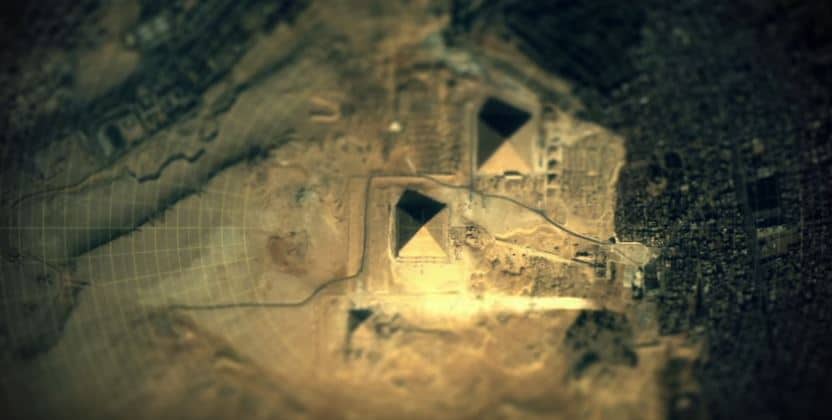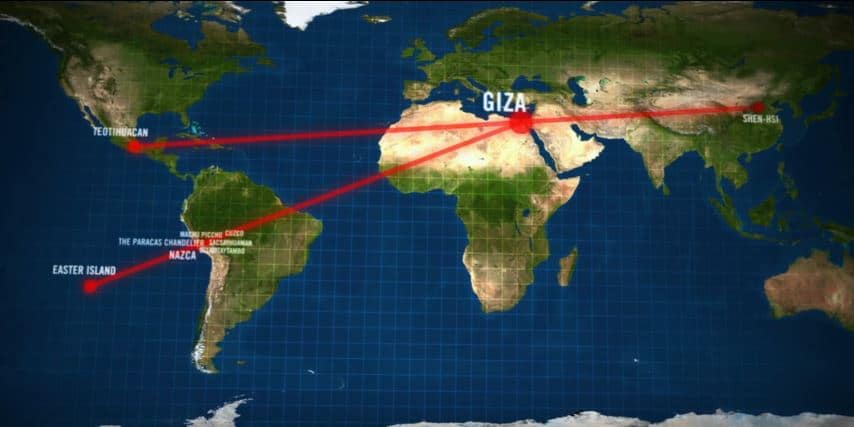
YouTube Video Here: https://www.youtube.com/embed/_7h7t_i4FBM?feature=oembed&enablejsapi=1
Penguin mummies dating back thousands of years have been discovered in Antarctica.
An ornithologist from the University of North Carolina, Wilmington, Steven Emslie, has studied penguins in Antarctica for over 15 years. Over the years, he’s discovered penguin remains from abandoned penguin colonies, tracing clues about climate changes.
In recent years, Emslie says a warming trend has reached deeper into the continent than before. As the ice has melted, it has exposed a penguin colony dating back thousands of years.
In September 2020, he reported the news that he found ancient naturally mummified penguins. Although they looked as though they might be recently deceased, the penguins date back from 800 to 5,000 years ago.
Despite so many years, the penguin’s feathers remained intact. Flesh remained as if the birds had died recently. Also, stains from the bird’s waste were still apparent on rocks as if no time had passed.
Ancient penguin mummies
Emslie described what he found:
“This particular site is in the Ross Sea in east Antarctica, and it was a very cold dry place compared to other parts of Antarctica so the preservation is even better and there was mummification,” Emslie said.
“What I found at the site were a lot of bones and mummies on the surface. Some of the penguin remains looked pretty fresh, so it seems like there was a mixture of old and fresh remains, and that seems strange to me at this location, which hasn’t had breeding penguins reported there in the history of people going to Antarctica.
So, I started to investigate more, and I realized this was a site that had been exposed just recently by snowmelt that’s occurring there and that these fresh remains were actually ancient but just being re-exposed after being frozen for centuries.”
The Adélie penguins used the nesting grounds for thousands of years. Strewn about the site, countless pebbles are a tell-tale sign. As Adélie penguins nest, they gather pebbles to protect their eggs.
As recently as 100 years ago, nothing was found at the same location by early explorers. Today, after 800 years, the ancient colony is once again visible.
What happened to the penguin colony?
According to the Times:
“Dr. Emslie speculates in the journal Geology. where he reported his findings in mid-September, that cooling temperatures drove a type of sea ice to form along the coast that persisted well into summer months.
Known as “fast ice” because it “fastens” to the coastline, this sea ice makes it very difficult for penguins to gain access to beaches and prevents them from colonizing places where it occurs.”
Today, sea levels are rising along with temperatures. Fortunately, Adélie penguins alive today are proving adaptable, seeking out new nesting grounds. Now, the scientist believes they will return to their ancestor’s old nesting ground. Finding the wealth of pebbles already in place, they may find the location highly desirable.
“They need pebbles for their nests, so they are going to find all the pebbles that are already on the land at this site very attractive,” he said. “I would not be surprised to see them make this place their home again in the near future,” said Emslie.
Related Read: Scientists discover giant human-sized penguin that once lived in New Zealand
An Adélie penguin ‘Supercolony’
In 2018, scientists revealed the discovery of a huge ‘supercolony’ of Adélie penguins in Antarctica. Studying NASA satellite images, they spotted penguin feces in the remote Danger Islands.
Before the discovery, researchers believed the penguin populations were on the decline. Afterward, they counted over 750K pairs of penguins.
See more about the supercolony from TIME below:
Intruders in Earth’s last ‘untouched’ wilderness
As Antarctica warms, there is a surge in tourism in one of the wildest remaining places on Earth. Mostly by cruise ships, there could be more than 78,500 visitors this year, up from 56,000 tourists in the two prior years.
As humans begin to arrive more frequently, scientists fear they will disrupt the fragile, relatively untouched environment. Along with the people, insects and plant seeds could arrive. Thus, isolated penguin colonies and other wildlife will have to rapidly adapt to more than climate change alone.
Antarctica has seen incredible changes over millions of years. Some 250 million years ago, the continent may have been covered with forests and rivers. Instead of penguins, early relatives of the dinosaurs called Antarctica home.
Featured image: Adelie Penguins by Christopher Michel via Wikimedia Commons (CC BY 2.0)






